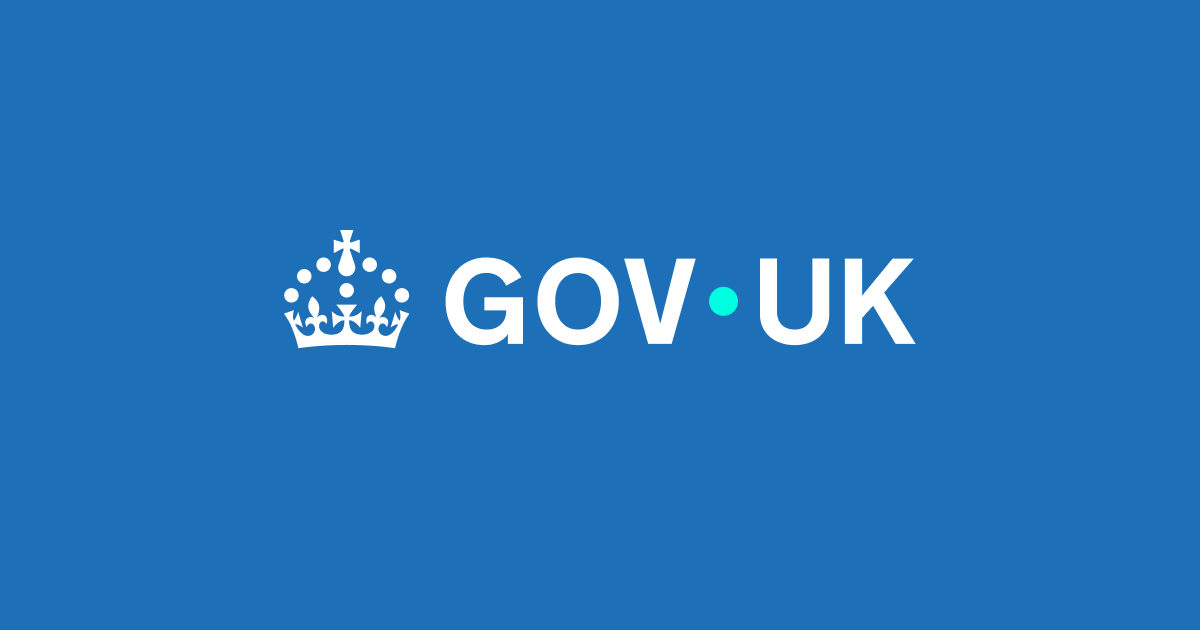If you’re trying to move the needle on your CSR efforts, consider making updates within these three operational areas.
getty
You only have to scan Newsweek’s 2024 list of the most responsible companies to realize how important corporate social responsibility (CSR) has become. From HP and Hasbro to General Mills and Marriott, you’ll find a “Who’s Who” of some of the top players in every industry.
However, you don’t have to be an enterprise-level business to gain the benefits that come from having a mature, evolving CSR strategy. (In fact, even entrepreneurs can drive global impact and gain CSR-related advantages.)
Take the benefits of customer loyalty and brand reputation, for instance. I regularly patronize many small and mid-sized stores and service providers. Those that have an obvious CSR ethos tend to become more memorable. And if my customer experience is as positive and genuine as their CSR commitment, I’m more likely to return.
Of course, CSR isn’t a one-and-done process, which is why it can be challenging. What the world expects in terms of social responsibility, as well as ESG (environmental, social, and governance) practices, keeps changing — and you’re expected to keep up. That said, you may be able to improve your CSR by making modest but impactful tweaks in different areas of your business.
Below are a few operational updates to consider making if you want to showcase your company’s commitment to becoming as responsible as you can.
1. Procurement: Track your supply chain vendors and processes against ESG goals
You probably have more vendors than you realize. Even very small businesses usually deal with a variety of suppliers. This means your business falls in a continuum of varying supply chains, and that’s an area of opportunity for you to tighten your CSR.
If you track all your vendors in terms of their sourcing records, compliance standards, and certifications, you can produce reports showing that you’re actively working with other CSR-focused entities. You can then highlight this information on your website and other owned media to support your CSR commitment claims.
It can be difficult to keep track of all your vendors, but supplier management software solutions, like Nectar iQ, use AI to centralize supplier data and make ESG and CSR alignment easier to monitor across your network. As the program continuously captures vendor data, compliance activity, and real-time spend performance, it proactively flags gaps, insights, and anomalies. This empowers your team to make data-driven decisions about which vendors are best equipped, qualified, and capable of meeting your operational and compliance objectives.
You can further run vendor data through a visualization system like Power BI to get a more comprehensive understanding of what’s happening within your vendor supply chain. If you’re looking for a Power BI alternative product, you can always try a more industry-specific option like Domo, which is geared toward advanced education users. That way, you can get even more out of your insights.
2. Human Resources: Aim for a diverse workforce
The whole concept of workplace diversity rests neatly under the CSR umbrella. Yet many companies are still lagging when it comes to hiring employees who represent the globally diverse population. In the United States, the national move away from creating diversity-focused roles hasn’t made it any simpler to bring aboard individuals who represent a range of backgrounds and experiences.
Regardless, you can still aim for a more heterogeneous workforce. Again, tech solutions may help. Diversity recruiting software company SeekOut explains that you can leverage search engines built to find candidates from underrepresented communities. Once you’ve discovered potential new applicants, you can add them to a pool of people to contact when you have position openings.
A diverse workforce takes time to grow. However, if you keep striving to bring people with unique and novel perspectives into your business, you can purposefully construct a diverse and vibrant culture that supports your CSR goals.
3. Marketing: Partner with a nonprofit
Your marketing and sales departments can work in tandem to boost your CSR by engaging in cause marketing campaigns. Few companies demonstrate the lasting power of these types of campaigns as the TOMS and Save the Children collaboration. The idea started with a simple premise: For every pair of shoes TOMS sold, it would donate another pair to a child.
Though TOMS has since stopped the campaign, it’s still involved with Save the Children. And the fact that it’s discontinued its “one sold, one donated” practice doesn’t matter. TOMS still remains synonymous as a company that delivers on its CSR promises.
You can adjust your cause marketing any way you want. Just be sure that whatever nonprofit you support makes sense to your customers and your brand. That helps consumers trust you and understand that buying from you improves their world.
Even if you’re pleased with your existing CSR efforts, you might want to take them up a notch. Going the extra mile might take a little upfront energy and resources, but it can help you stand out against your competition.









